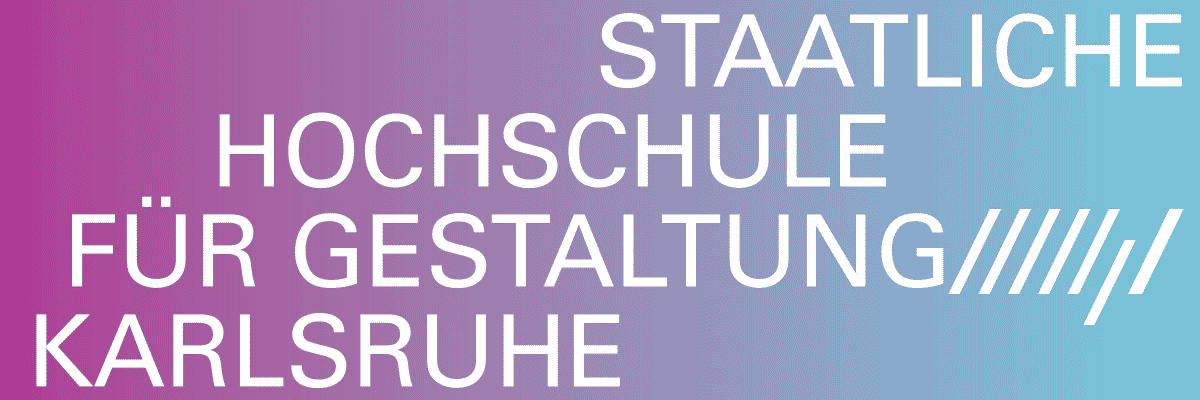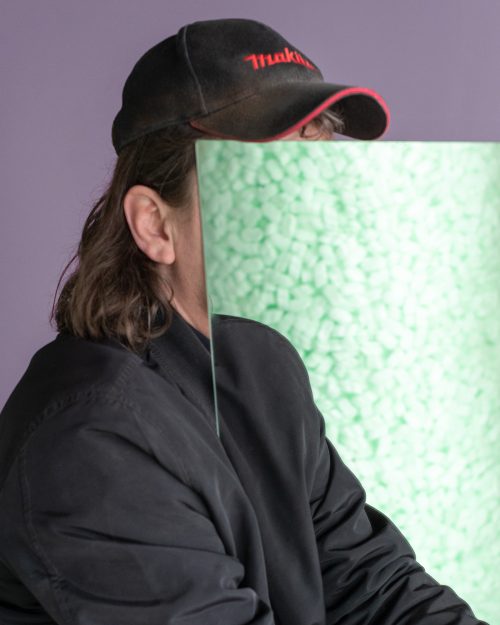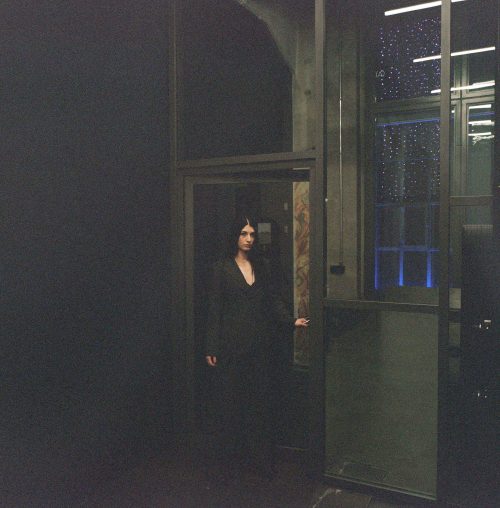
Marek Kvetan
The Physical Impossibility of Silence in the Restless Mind

Advertisement








"We require just a little order to protect us from chaos. Nothing is more distressing than a thought that escapes itself, than ideas that fly off, that disappear hardly formed, already eroded by forgetfulness or precipitated into others that we no longer master. These are infinite variabilities, the appearing and disappearing of which coincide. They are infinite speeds that blend into the immobility of the colorless and silent nothingness they traverse, without nature or thought. This is the instant of which we do not know whether it is too long or too short for time. We receive sudden jolts that beat like arteries."
(Gilles Deleuze – Felix Guattari: What is Philosophy)
It is the hour between dog and wolf. The chronotope of absolute immersion. It is a sudden transgression of the deliriously insane, monstrously uncontrollable, ungovernable, unproportionate, anarchic element into the human world of certainties, proportions, graspable and intelligible measurements; transgression for which we are not and cannot ever be prepared. Cataclysmic wave surge. A relentless and unstoppable onslaught of insistence as one monumental wave is being followed by another and another and another and another in a way that we are losing the option (the only human privilege of which we could have been truly proud) to articulate and foresee, to understand our articulation and amend our predictions. Engulfed by chaos, insanely attacked by unforetellable variations of its suffocating and booming intensities, truly defenceless. In powerless spasm, we clench our fingers into our palms and shriek in terror which is not in any way reduced by the desperate refuge of hope that it is all only happening in our minds. And even though it is only happening in our minds, it is a fatal clash with the real, which shatters the familiarity of symbolic order of the known world into dust.
Essentially, it does not matter whether Marek Kvetan in his present multimedia installation The Physical Impossibility of Silence in the Restless Mind, created for reinstallation in premises of Pragovka Gallery of Prague, was inspired by intinmately pressing heaviness in contact with privately-individual finality – that which erodes the sane thought and grinds rationality of the rational into dust carried away by random gusts of wind. Or, perhaps, as many of us, he got caught off guard by the frighteningly unforeseen and uncontrollable episode of the pandemic; the episode we shall remember as the first, though definitely not the last, and which exposed us to un-ability and inability of fantasy; an imaginative delirium that does not fall behind the maddest apocalyptic visions of chilliastic lunatics. Or, and this possibility is no less valid, he has been touched by the end of humanity, the end of the human, which is not the extinction but collapse of the last certainty left to us, somnambulary faith in our undividable, individual, exclusive essence, our unique inner self, in our free conscious will: the basis of our decisions and the last – for it is the only – guarantee of the meaning of existence. Or, perhaps, all mentioned at once. Personally experienced anguish of certainty that I am mortal is merged with the possibility of definitive extinction, which in turn resonates with insanity of our actions and the rule of determinism and chance; the machinism of unknowing and unknown algorithms that rule us and some of them we have even created ourselves.
Whichever of these options we accentuate, Marek Kvetan introduces himself in a fairly darker key than that of those to which we have lately started to get used to. Delicate, rational profanity but also relief by irony is here replaced by calculation of intensity of the sensual experience by means of complex environment in which one cannot take a breath. Objects, artificially made enlargements of natural wasp's nests, are at the same time a discovered naturfact transformed into a illusive artefact, a metaphor of spontaneous, uncontrollable growth, overpopulation, parasitiveness; and also a social model eliminating individuality and free choice of the persons involved; thirdly they are a affective fact, pelting with sensomotoric bodily schemas of the spectators up to the level of biochemistry of evolutional atavisms. The second equipollent component are acoustic installations: sounds and noises of the everyday world, unfilterable and unignorable audio smog, compositions of which are created and guided by computer algorithms in the installation. The third element is a monochromatic sodium light that supresses colourfulness and symbiotically synthetising optic, haptic, auditory and cognitive attacks. Inhumanity of environment finds support in double reflection by means of a confrontational object – a half-nest. First it is the reflection in the black mirror returning the spectator's mind, clinging to the coordinates of their own sanity with increasing efforts, only the dim images of dehumanised figures, creating the world in which nothing, not even the human, is meant for the human. And then, by means of a sound loop of polyphonic vocals of reflexive text made ambiguous and clouded by the noise of the environment, the plurality of possible end-scenarios is thematised and searched into.
Currently realised environment of Marek Kvetan is therefore a physical invocation of mental restlessness, an account of probe into a restless mind, both question and an invitation to participation in voyages into chaos which can, perhaps, still renew the lost meaning. Let us keep our fingers crossed: both hesitation and heaviness felt by the participants, courage and effort exterted by a participant, can determine meaningfulness or meaninglessness of such action.
NOTE: English version of Deleuze–Guattari: What is Philosophy (originally French) was published in translation of Hugh Tomlinson and Graham
Noro Lacko




